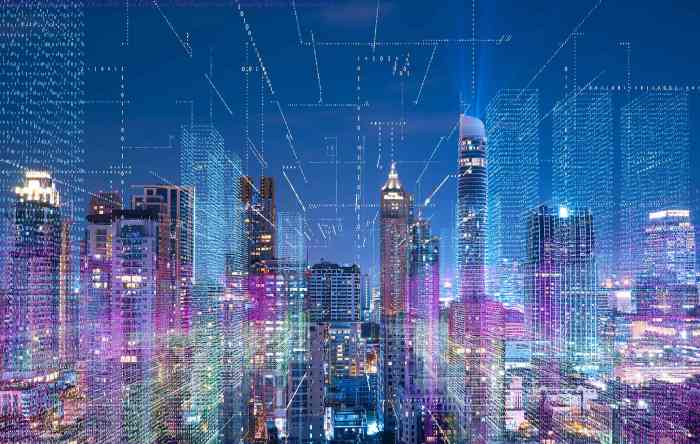Unlocking Smart Cities: How IoT and Artificial Intelligence are Changing Urban Environments

Unlocking Smart Cities: How IoT and Artificial Intelligence are Changing Urban Environments
Table of Contents
Introduction
Smart Cities are at the vanguard of urban innovation, utilizing IoT (Internet of Things) and
AI services to alter how we live, work, and interact in urban areas. In this article, we will look at how the integration of IoT and AI is unleashing the potential of smart cities,
revolutionizing urban infrastructure, improving resource management, and building a sustainable and connected urban environment.
The Foundations of Smart Cities:
To gather and exchange real-time data, smart cities rely on interconnected IoT devices, sensors, and infrastructure. The deployment of IoT devices across the city generates and shares essential data,
allowing for informed decision-making and proactive answers to city-wide concerns.
AI-Powered Data Analytics for Urban Insights:
AI is critical in converting the massive volumes of data generated by IoT devices into valuable insights. Artificial intelligence systems mine real-time data streams for patterns, trends, and forecasts. These insights allow city planners, administrators, and
lawmakers to make data-driven choices, optimize resource allocation, and improve overall urban service quality.
Intelligent Infrastructure and Resource Management:
IoT and AI technologies enable the creation of brilliant infrastructure in smart cities, which improves resource management. For example, intelligent grids use IoT sensors and
AI algorithms to monitor and optimize energy use, decreasing waste and increasing sustainability. Smart water management systems, on the other hand, use IoT devices and
AI analytics to monitor water use, detect leaks, and optimize water distribution.
Improving Transportation and Mobility:
Smart cities use IoT and artificial intelligence to transform transportation and mobility systems. Intelligent traffic management systems optimize traffic flow, decrease congestion,
and improve safety using real-time data from IoT sensors and AI algorithms. AI-powered transportation systems, such as ride-sharing and
driverless cars, increase urban transportation efficiency, accessibility, and sustainability.
IoT and AI Technologies Promote Citizen Engagement and Quality of Life:
IoT and AI technologies encourage citizen engagement and quality of life in smart cities. Connected IoT devices allow real-time monitoring of environmental elements such as air quality and noise levels,
allowing city officials to take preemptive steps to promote healthier and more habitable settings. Chatbots powered by AI and innovative city applications
give people easy access to services, information, and personalized suggestions.
Conclusion
The combination of IoT and AI technology is reshaping urban surroundings, opening the way for smart cites that are sustainable,
efficient, and centered on citizens. Smart cities may optimize resource management, improve public services, and
build an integrated urban ecosystem by using the power of real-time data analytics, intelligent infrastructure, and enhanced mobility solutions. As IoT and AI progress, smart cities will play an essential role in
determining the future of urban living, providing a more excellent quality of life, increased sustainability, and enhanced citizen experiences.
Also read:- The Advantages Of Automating Digital Mailrooms




